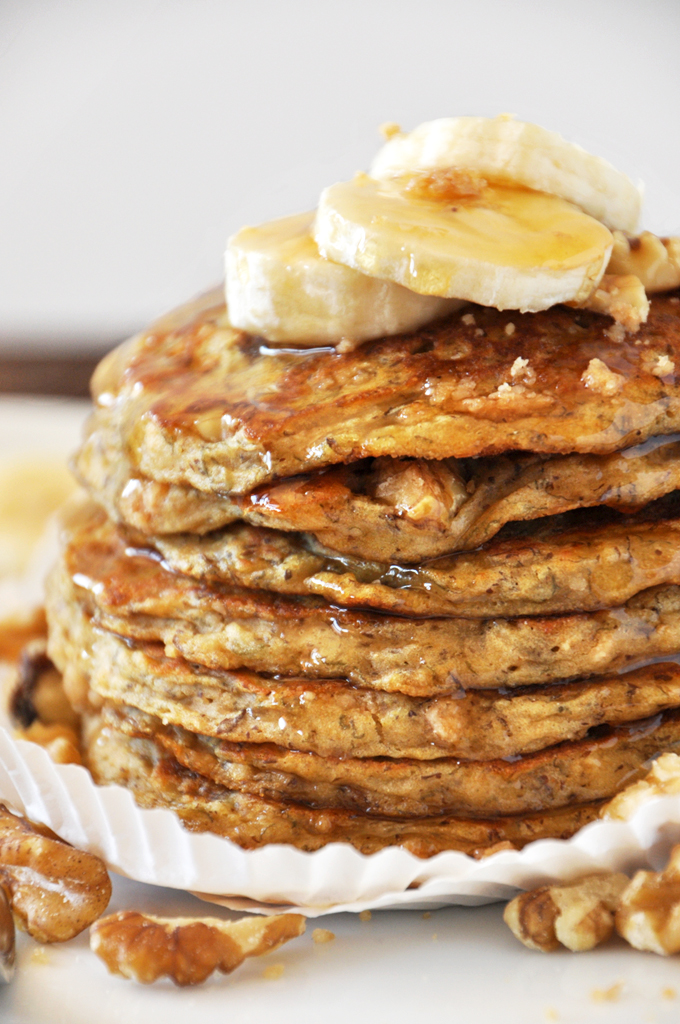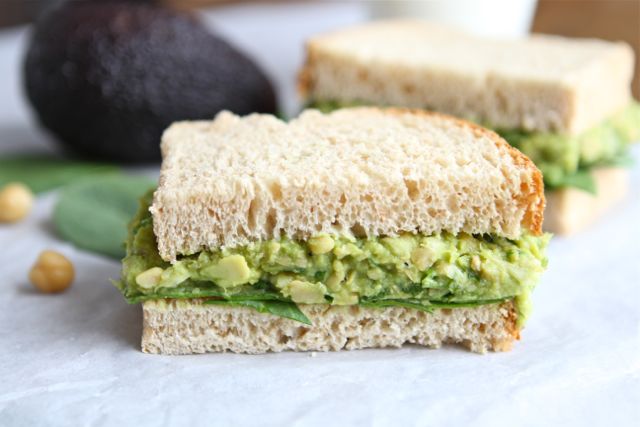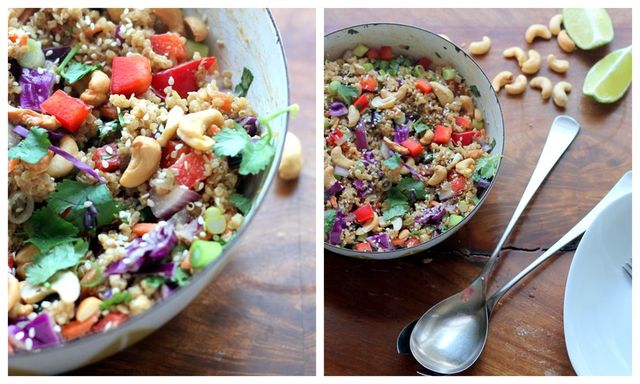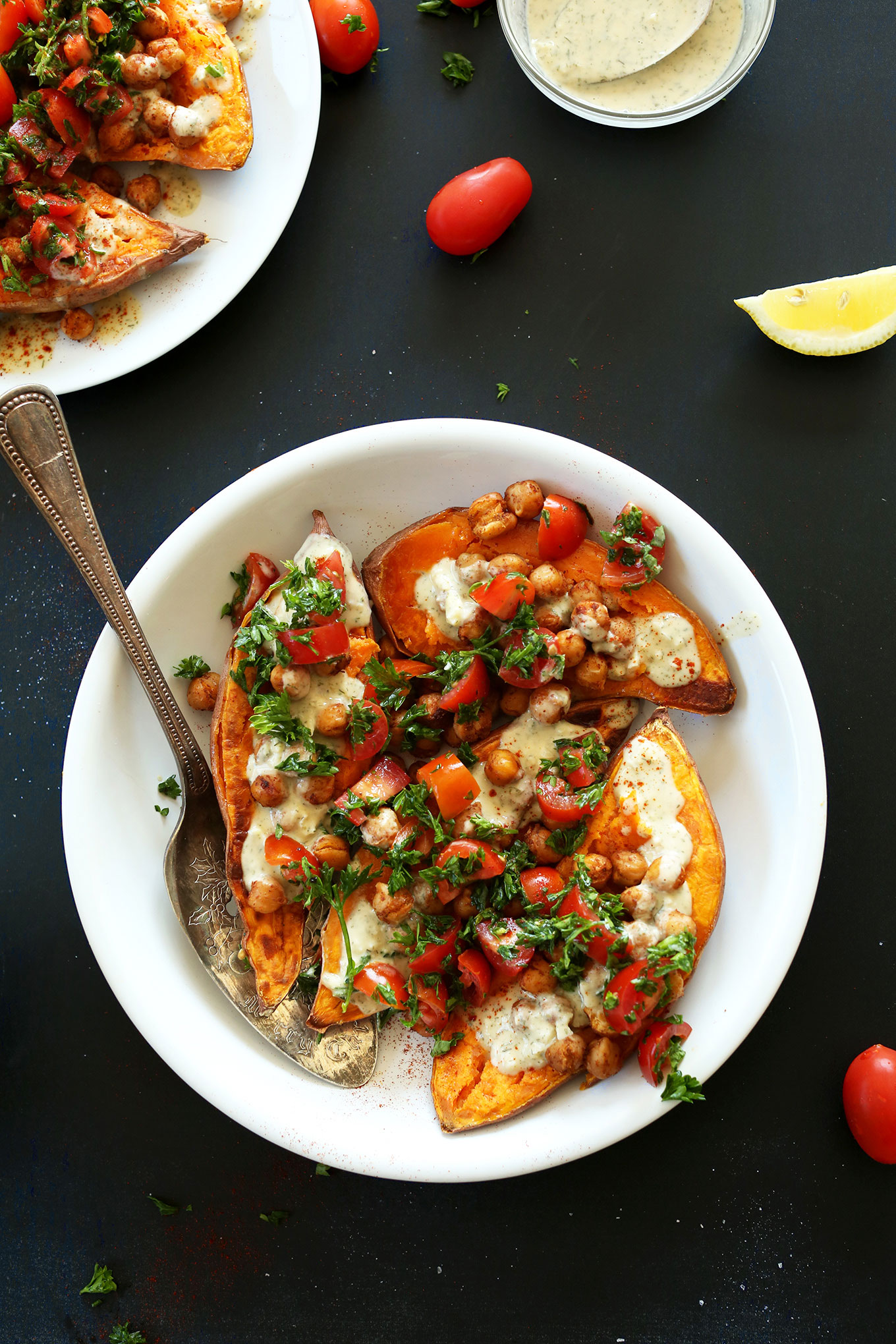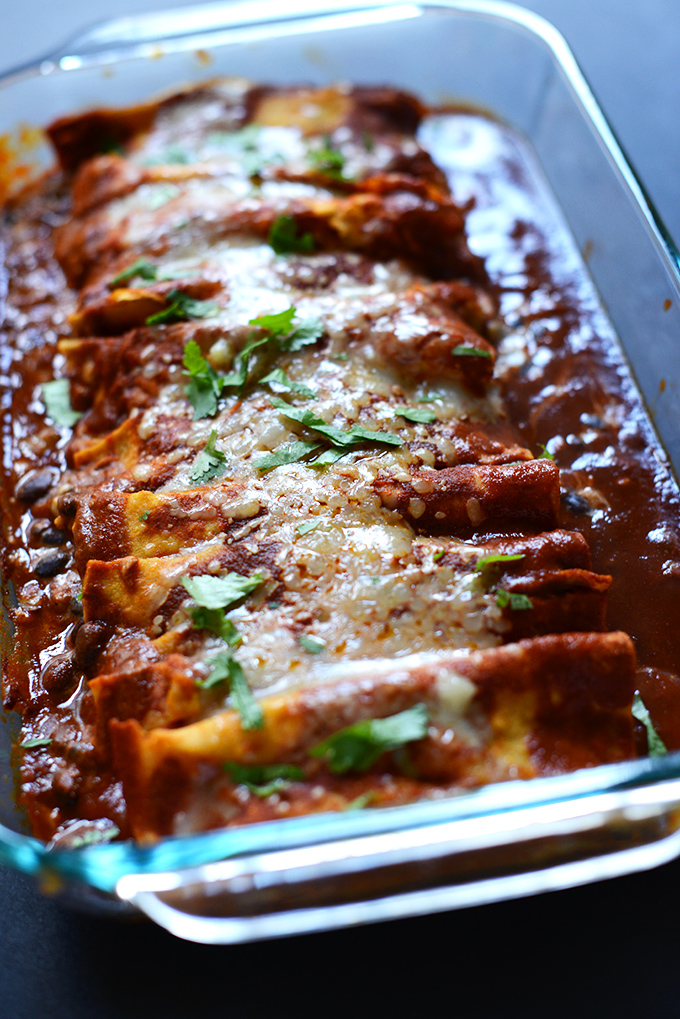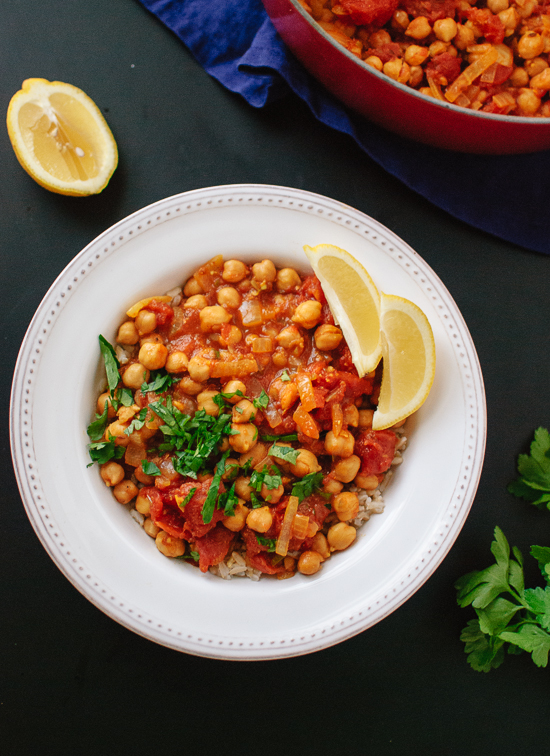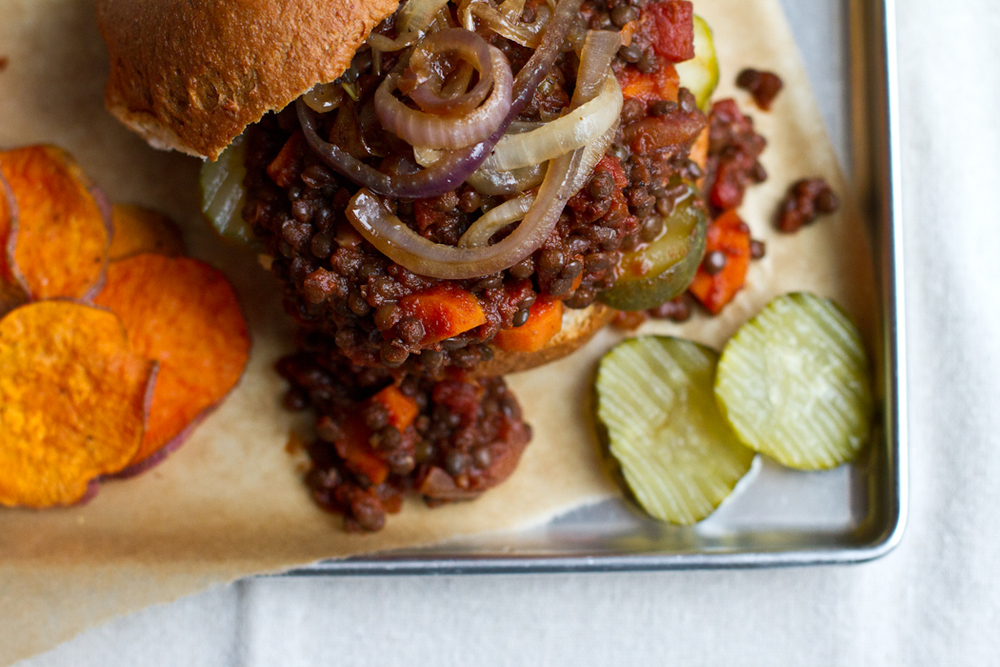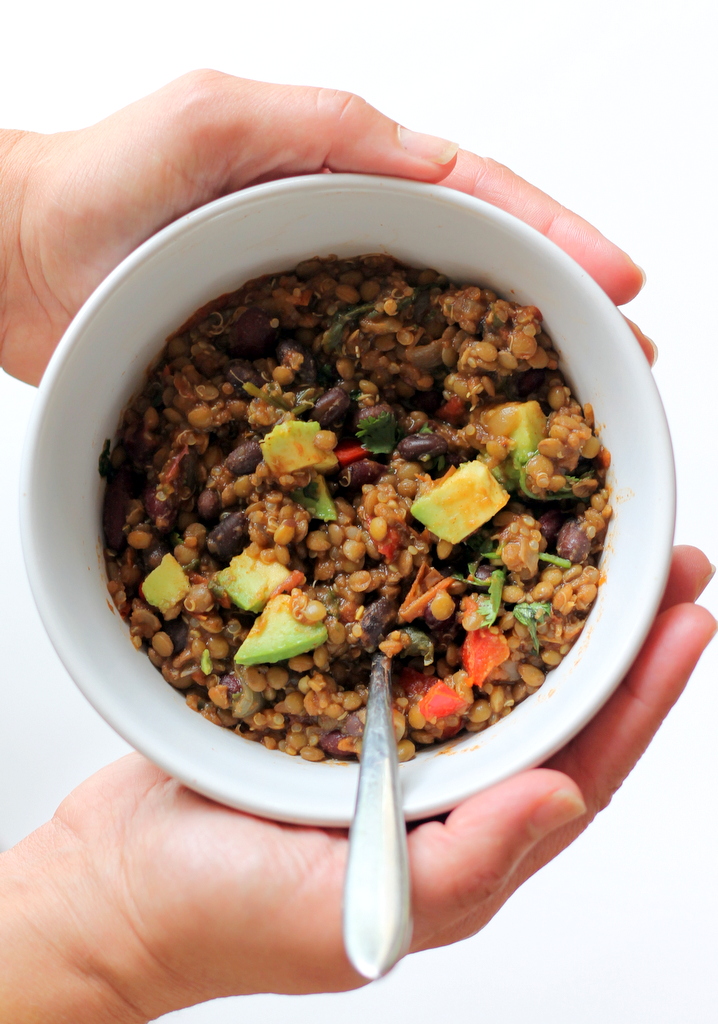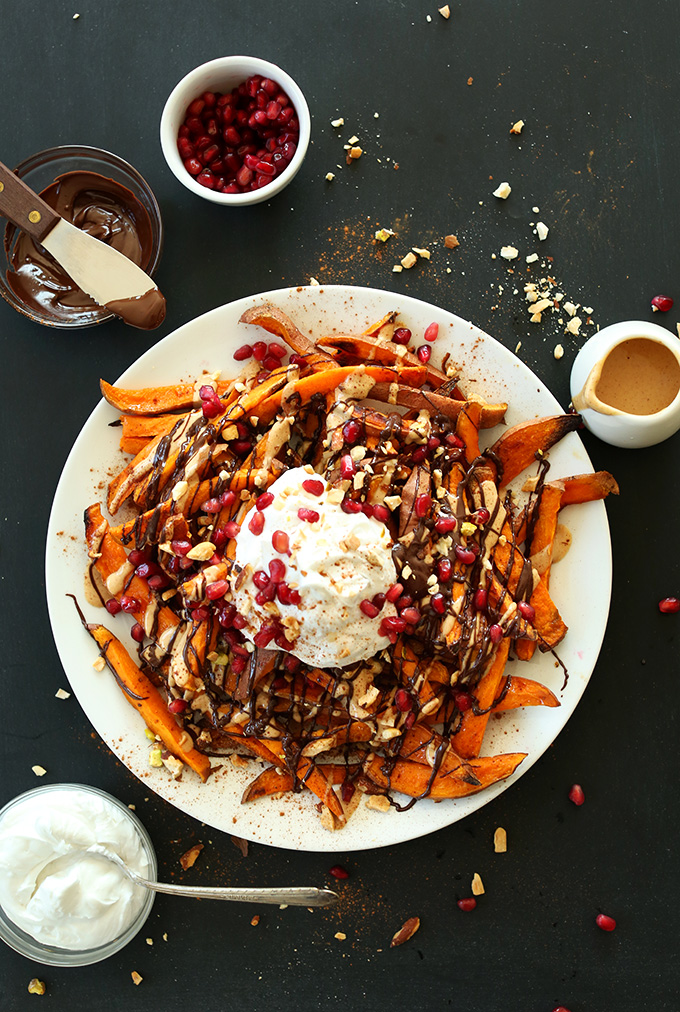10 Delicious, Cheap, and Meatless Recipes
If you’re like me, you grew up eating meat. From chicken nuggets to beef brisket phở, I love it all. Put a plate of ribs in front of me and I go weak at the knees. Plus, as a competitive athlete all the way up through college, it was drilled into me that Ineeded meat in order to get enough protein.
But I’d be lying if I said that I can’t live without a double bacon cheeseburger. I am a (not wealthy) recent college graduate who studied Environmental Policy and Public Health. So in my interests to improve my community’s health, protect the environment, and save money, keeping up an exclusively meat diet was a difficult habit indeed.
This past summer, after graduation, I began to buy less and less meat due to my budget. But to make sure that I was still eating healthy and getting all my nutrients, I did some research.
What I found may come as a surprise: Having a high-meat diet is not only more expensive, but it’s also worse for both your health and the environment. Here’s what you need to know:
1. Meat Can Be a Bad Source of Protein
According to the Johns Hopkins School of Public Health, most Americans eat over 1.5x the average daily protein requirement. Normally, you think consuming a lot of protein is good for building muscle right? Not necessarily. In order to properly build muscle, you also need the right balanced ratio of carbs and fats as well.
What’s more, the sources of protein that most Americans choose are often high in saturated fat and cholesterol. There is strong scientific evidence showing that eating a lot of meat, especially red and processed meat varieties, is strongly correlated with increased rates of heart disease, stroke, obesity, cancer, and premature death.
On the flip side, individuals who choose a plant-based diet (e.g. peas, lentils, nuts, seeds, beans, legumes, soy products) enjoy plant protein’s health benefits. Many studies show a strong correlation between healthier body mass indexes (BMI), lower rates for cardiovascular disease, type 2 diabetes, inflammation, and cancer, as well as an estimated 10-12% reduction in risk of all-cause mortality in all vegetarians combined versus non-vegetarians.
Still unconvinced that you’ll be able to get enough protein from just plant sources? Think about the biggest and strongest animals that we have on our planet. Horses, cows, oxen—all the animals we depended on to pull our sleighs, plows, and wagons—are all vegan. And they have large muscles and strong bones. Go figure.
2. Meat is Harder on the Environment
Not only is eating a lot of meat questionable for your health, it also has a hefty toll on the environment. To give you the short play by play, here’s what eating meat means to Mother Nature:
Massive amounts of poop.
All the animals in the industrial animal farms have to excrete their waste somehow.More often than not, animal waste is stored untreated in large pits, which often leaks, resulting in waterway pollution, manure spills, and massive outbreaks of toxic microorganisms.
Water, water, water.
The Water Footprint Network reports that 1,847 gallons of water are needed to produce just one pound of beef. To compare, 302 gallons of water are needed to produce one pound of tofu, about 16% of beef’s water usage.
Changing climates:
From production, processing, distribution, and retailing of animal products, our meat industry contributes between 9-15% of total greenhouse gas emissions alone. The average American meat-eater’s carbon footprint is twice as big as the average vegetarian and nearly three times bigger than the average vegan. By changing your individual diet, you can decrease your greenhouse gas emissions by up to 60%.
3. Your Budget
The last point should be familiar to everyone. Steaks have and always will cost more than tofu. So for a recent college graduate living in an expensive city this is a big sticking point for me as well.
Below are 10 recipes that all cost between $10-15 to make, but actually cost much less than $5 per serving!
You don’t have to say goodbye to pulled pork sandwiches for long. Start small—take a pledge today to reduce your meat consumption and join the Meatless Monday movement.
Recipes:
Recipes (from left to right)
Breakfast:
1. Whole Wheat Banana Pancakes—Cost/serving: ~$1.25 / Photo, recipe byMinimalist Baker.
2. Sweet Potato Black Bean Avocado Breakfast Burritos—Cost/serving: ~$1.65 /
Photo, recipe by Ambitious Kitchen.
Lunch:
3. Smashed Avocado Chickpea Sandwich—Cost/serving: ~$1.50 /
Photo, recipe byTwo Peas and Their Pod.
4. Crunchy Cashew Thai Quinoa Salad with Ginger Peanut Dressing—Cost/serving: ~$3.00 /
Photos, recipe byAmbitious Kitchen.
5. Mediterranean Sweet Potatoes—Cost/serving: ~$2.20 / Photo, recipe by Minimalist Baker.
Dinner:
6. Recipe, photo byMinimalist Baker.
Spicy Black Bean, Green Chili & Manchego Enchiladas—Cost/serving: ~$3.00
7. Recipe, photo byEdible Perspective.
Veggie and Tofu Fried Rice—Cost/serving: ~$1.70
8. Chana Masala photo, recipe byEdible Perspective.
Easy Chana Masala and Instant Naan—Cost/serving: ~$3.00
9. Photo, recipe byEdible Perspective.
Loaded Vegetarian Lentil Sloppy Joes—Cost/serving: ~$1.50
10. Photo, recipe byAmbitious Kitchen.
Lentil and Quinoa Chili—Cost/serving: ~$1.50
Bonus: Vegan Dessert!
Recipe, photo byMinimalist Baker.
Superfood Sweet Potato Dessert Fries: Cost/serving: ~$1.25

